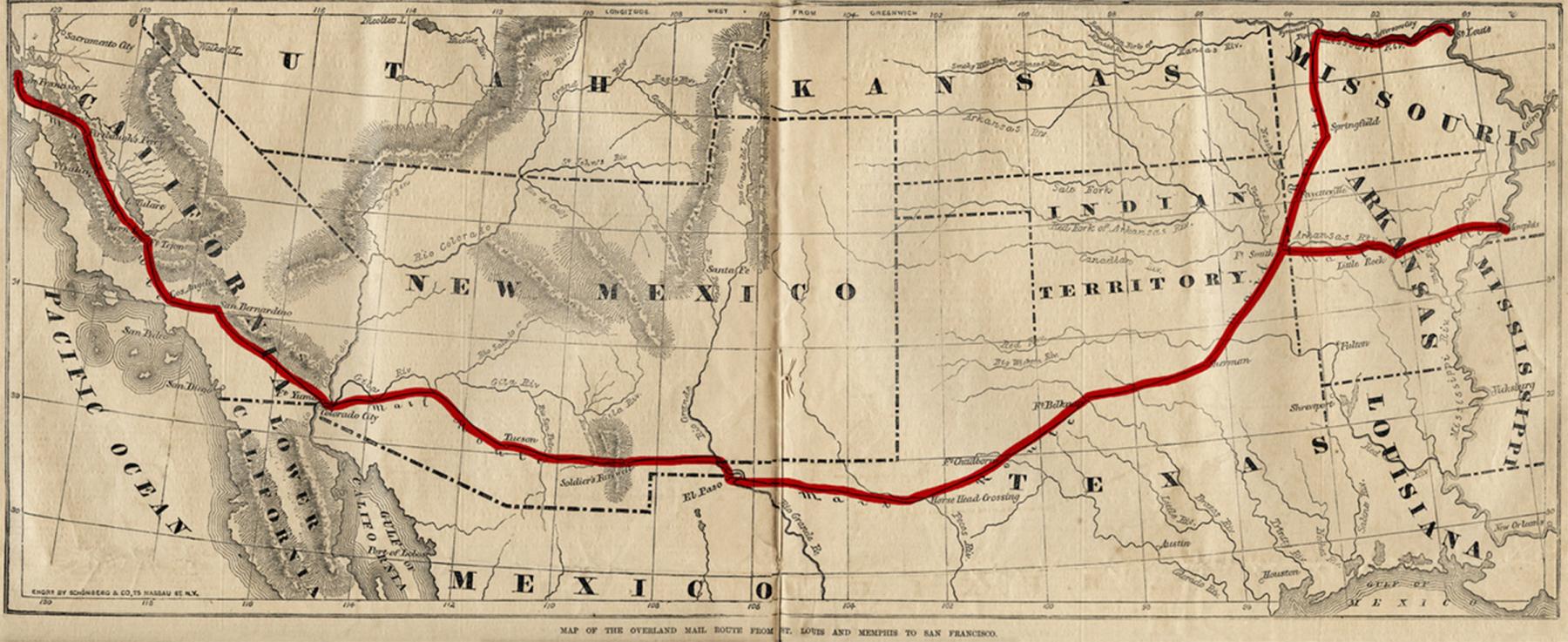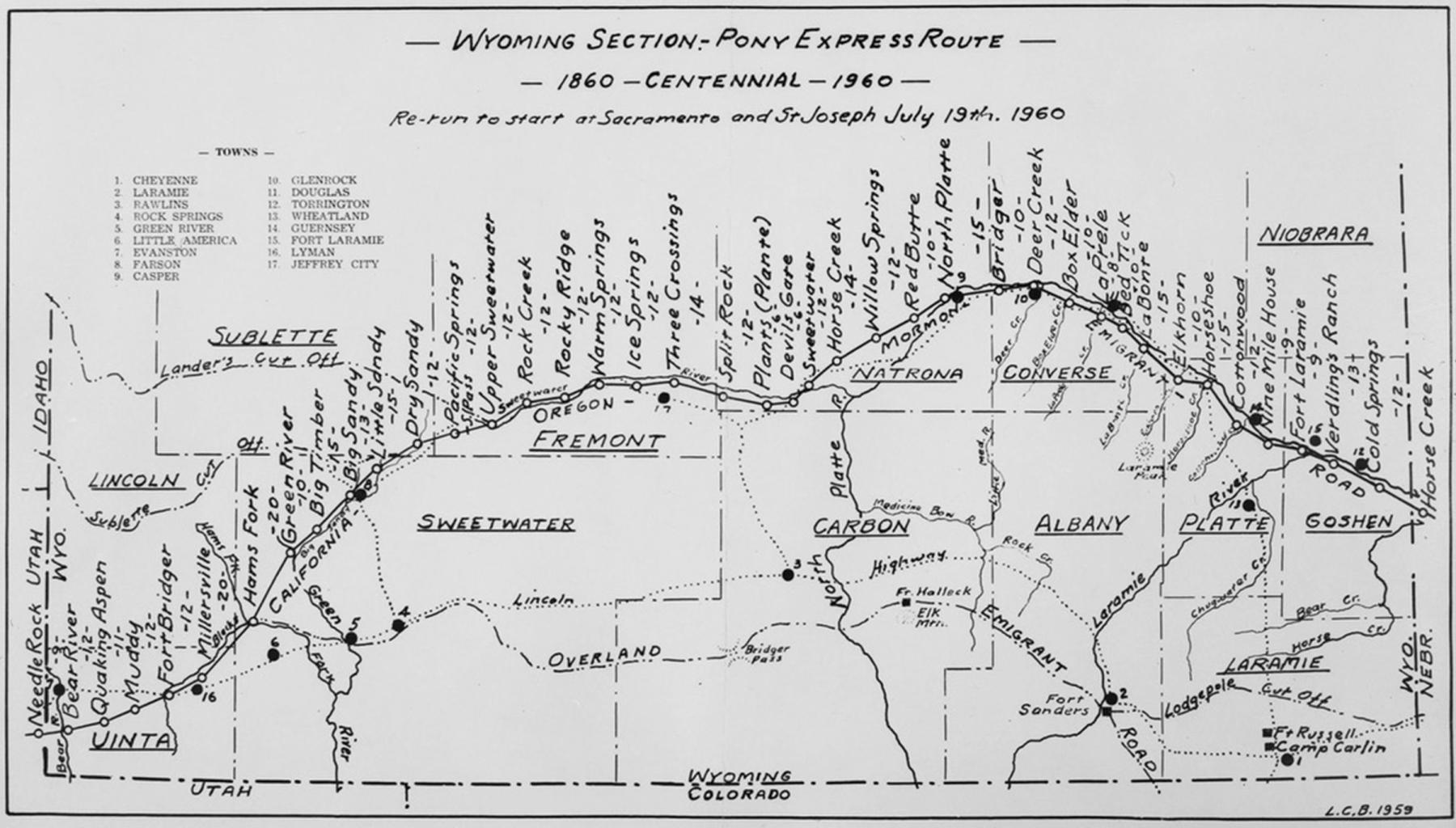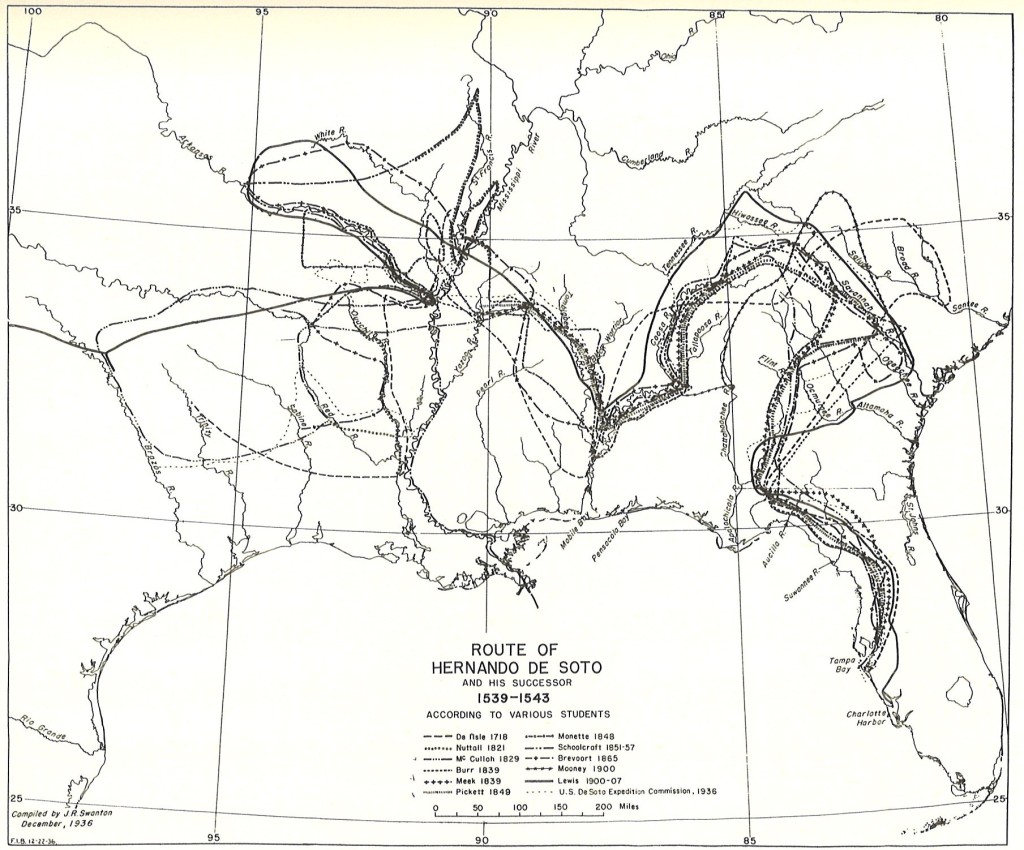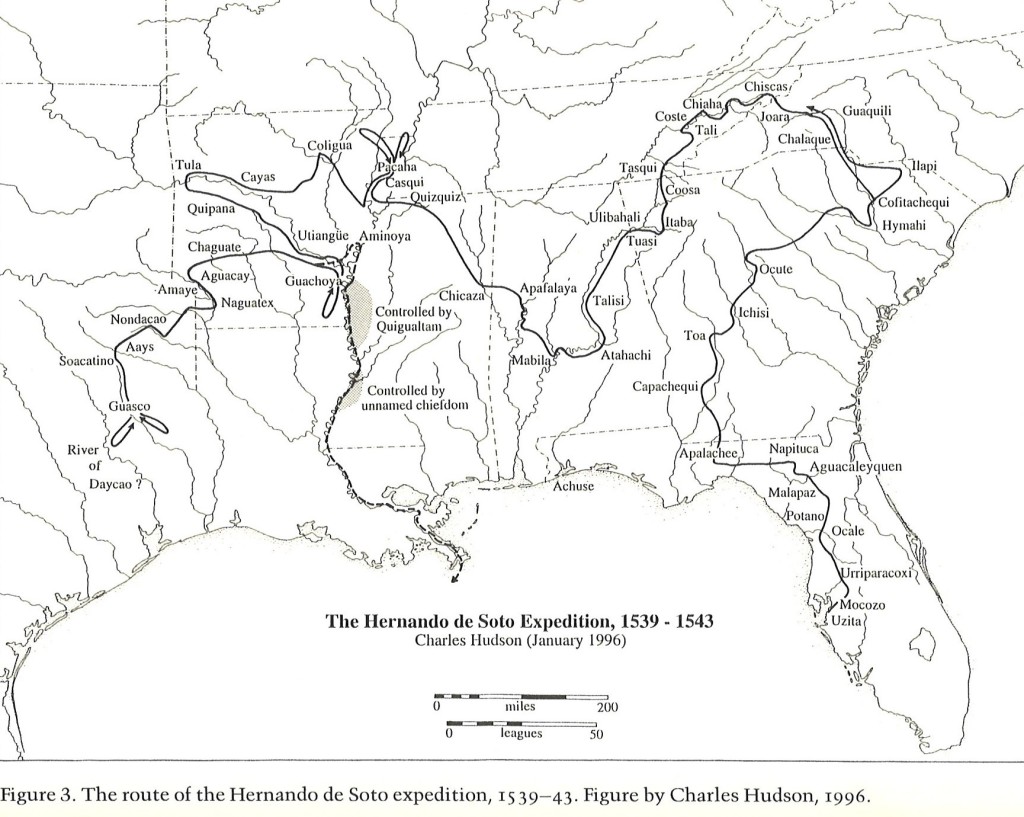- Computational lenses are tools that allow us to view data through different perspectives. They can be used to identify patterns and trends that would not be visible otherwise. For example, a computational lens could be used to track the spread of misinformation on social media or to identify areas of bias in a dataset.
- Truth engineering is the practice of designing and deploying technologies that can help us to identify and verify truth. This could involve developing new algorithms for detecting fake news or creating platforms for fact-checking.
- Psychether is a field that studies the psychological effects of technology. It can be used to understand how our emotions, thoughts, and behaviors are influenced by the devices we use and the data we consume.
- computational lenses deal with supporting major human endeavors with advanced systems as we have watched evolve over the past five decades. It is a metaphor with a particular focus in mind, namely human-machine interchanges. Other approaches that we have seen deal with things like computational physics where we have a twin relationship (twixt the object of the phenomenal world and its virtual/digital twin). Physics modelers and simulators abound as do many others, as we see in medicine.
- truth engineering was defined in a white paper at Boeing by John and was motivated by work in knowledge based engineering where very difficult design decisions were made with the support of computational resources. Engineering likes to use tradeoffs for the hard problem of balancing factors. The means for doing the work vary, but the viability of the process requires professional engineers in the loop who provide expertise and value judgment. Issues related to this concept are at the core of the discussion and experimentation with regard to machine-oriented decisions.
- psychether is a portmanteau created by John to suggest the importance of the ideas of Jung (MD, psychiatrist) and Einstein (Relativity), as they both were instrumental in their area of expertise with regard to grappling with universal issues, for resolving current dilemmas and to bring more attention as to how this may be the case.
08/06/2023 -- We're getting GB XIII, 1 together. So, here is a summary of some tech work. Some of the material came from a session with ChatGPT. I marked these with italics, today, and added an image from the first search on Thomas Gardner. Notice, in the "Disclosure" there is my brief overview. This list is in reverse order by time. "psychether" was coined in the mid-1990s in a discussion. "truth engineering" was about 2000 when there was post Y2K efforts at defining the future. Y2K? Remember the fear of the 2000 rollover of the computer calendar. Then, "computational lenses" was about 2003 in reference to my work dealing with computational mathematics where we worried about the maintaining of accuracy and veracity through transforms needed for various algorithmic processes. The world is not homogeneous. The situation for the last was a presentation at a technical conference.








